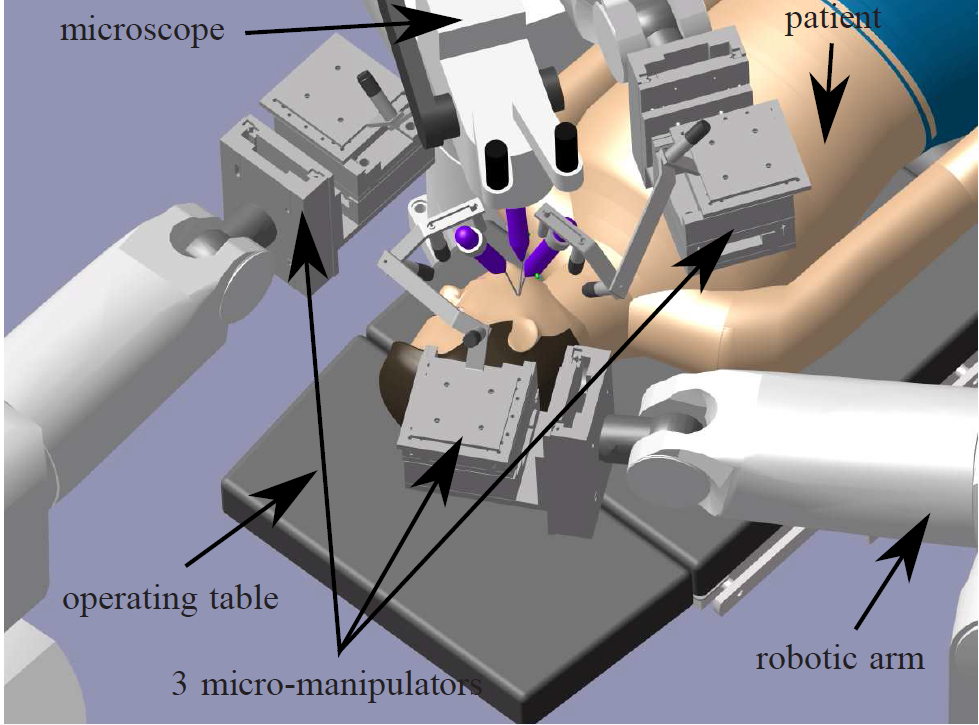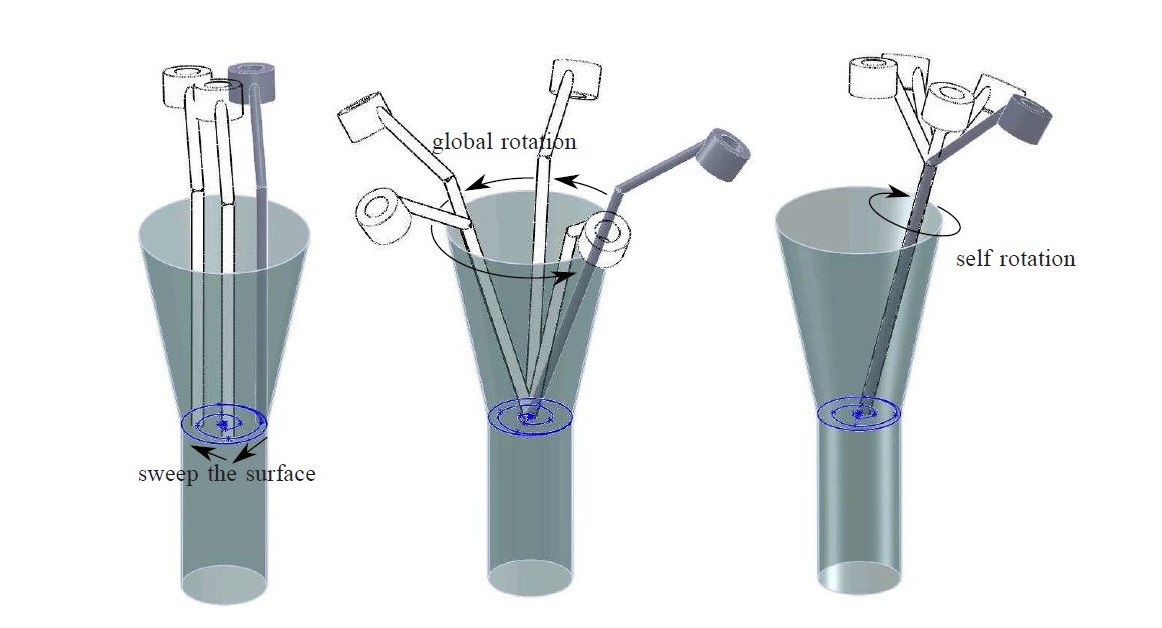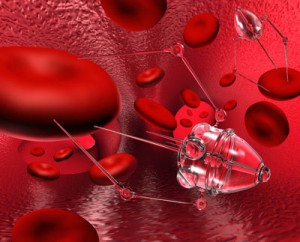Podcast by Chris Ehrhardt and Josh Blake

By Christian Menza, Andy Hendry, and Bryan Sherrill
This week on Lafayette Lumberjacks, we talk about additive manufacturing, specifically 3D printing. We talk to Christian “Jebediah” Menza, the leading expert on the assembly of the 3D printer and how it can be improved. Next, we interview Andy “Sweet Cheeks” Hendry who will talk about the societal implications of additive manufacturing. This will be another addition to your favorite lumberjack podcast.
“3D Printing and You.” Cube 3D Printer. Web. 3 Dec. 2014. <http://cubify.com/en/Cube>.
Evaluation of 3D Printing and Its Potential Impact on Biotechnology and the Chemical Sciences Bethany C. Gross, Jayda L. Erkal, Sarah Y. Lockwood, Chengpeng Chen, and Dana M. Spence Analytical Chemistry 2014 86 (7), 3240-3253
Gibson, I., and D. W. Rosen. Additive Manufacturing Technologies Rapid Prototyping to Direct Digital Manufacturing. New York: Springer, 2010. Print.
“The Peachy Printer – The First $100 3D Printer & Scanner.” The Peachy Printer – The First $100 3D Printer & Scanner. Web. 29 Nov. 2014. <http://www.peachyprinter.com/>.
By Rachel Tenney, Ingrid Rumbaugh and Addy Mehta
This podcast focuses on the applications of micromechanical surgery, how it is being used today, and how it could be used in the future. The possible implications of nanotechnology, especially in surgery, including advantages, disadvantages, and ethical concerns are a focal point in this discussion.


A diagram depicting how gold nanoparticles interact with cancer cells.
Canadian Citizen Walter White goes to the doctor to learn that he has lung cancer. Fortunately, due to advances in nanotechnology, there are multiple treatments available to him which are presented by a team of oncologists. These doctors are Dr. Luz Pineda, Dr. Andrew Ortiz, Dr. Wisam Bellan, and Dr. Kevin Kong.
Image credit to the Rose-Hulman Institute of Technology. The image was accessed on a page discussing Dr. Renat Letfullin, a researcher in the field of cancer nanotherapy. (URL: http://www.rose-hulman.edu/academics/academic-departments/physics-optical-engineering/dr-renat-letfullin.aspx)
By Alexander Zhang and Nicholas Szczygiel
Today we will be discussing Microelectromechanical Systems, or MEMS. We will start with a brief overview of MEMS, defining what they are and briefly explaining their purpose in today’s economy. Then, we will explain the processes that manufacturers use to produce MEMS: IC Fabrication, Bulk Micromachining/Wafer Bonding, Surface Micromachining, and Micromolding. We will also discuss some of the advantages MEMS have over traditional systems, as well as some challenges and problems associated with MEMS manufacturing. Finally, we will explore potential applications of MEMS technology in the future.
Group Members: Erich Victor, Violet Guo
Today we will be discussing Chemical Analytics through micro and nanofluidics. To start off we’ll discuss the origins of microfluidic technology and how the process of chemical analysis was moved from a costly lab process to a fast and inexpensive method than can be done in the palm of your hand. After that we’ll move onto the inner workings of the device and soft lithography, one of the methods used to create microfluidic chips. Finally we’ll leave off with some of common applications for this technology, one of the issues scientists are trying to deal with, and what the future has in store for micro and nanofluidic analytic technology.
Micro Fluidic Point-Of-Care Diagnostics
Group Members:
Tom Pregel, Mike Kaplan, Jake Levy
On today’s edition of nano tech, our host Mike talks about Micro Fluidic Point-of-Care devices and interviews a local CVS representative. A POC device stands for Point-of-Care device, like a pregnancy test, that does not require the need of a laboratory or medical experience. In order to make these devices one must have the knowledge of many different fields and enough resources to cover the expense of creating them. To engineer a POC device one must know about the reaction that they are trying to make/ what they are looking for in order to design the microfluidic chip.
By Makena Murugu, Ryan Cope, and Camil Mikiej
On today’s edition of Today in Technology, our host Bob interviews our guest, Dr. Doolittle, on her fascinating research in cancer therapy by using nanotechnology to implement new strategies, such as increased accuracy in drug delivery, which will potentially eliminate chemotherapy. Dr. Doolittle unveils why this new form of cancer therapy will be able to bypass former barriers such as biological limits or the physical disadvantages of chemotherapy. She explains how nanotechnology uses factors such as pH to target only cancerous cells and does not affect healthy cells at all, as seen in the figure below. Listen to be enlightened on the technology of the future!

Group Members: Andrew Graves, Matthew Plitt, Julia Brennan
This week on Additive Knowledge, we discuss several different applications of additive manufacturing. An interview with Dr. Albert Chi reveals one of the medical applications of 3D printing; child prosthetics can be made cheaply and efficiently through additive manufacturing. Afterwards, one of our journalists delivers a report on the negative consequences of additive manufacturing. The amazing precision that a 3D printer delivers, in conjunction with its ability to make objects out of plastic and metal, allows weapons to be easily fabricated by anyone who owns such a device. Listen in to gain some knowledge!